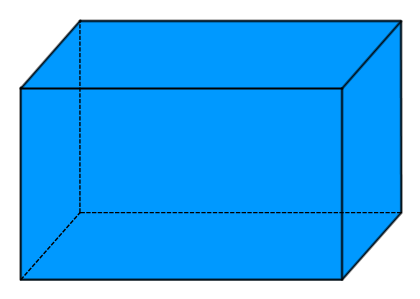A rectangular prism is a three-dimensional geometric solid characterized by six rectangular faces, where opposite faces are congruent and parallel, forming a solid shape with 12 edges and 8 vertices.
You come across rectangular prisms every day but you may not refer to them as rectangular prisms. This basic three-dimensional shape makes a major part of our world.
Prisms are three-dimensional shapes that have flat faces on all sides and similar parallel ends.
Rectangular prisms are shapes that have 6 rectangular faces.
Opposite faces on a rectangular prism are congruent i.e. are the same shape and size.
Rectangular prisms are sometimes referred to as cuboids.
Rectangular Prisms Examples in Real Life
|
Aquariums |
Cereal Boxes |
Cargo Containers |
Storage Sheds |
Houses |
Skyscrapers |
Books |
Parcels |
Garden Boxes |
Suitcase |
Microwave oven |
Stack of cards |
Domino |
Eraser |
Shoebox |
Speaker |
Brick |
Ream of Paper |
Laptop |
Picture Frame |
TV set |
Power bank |
Chocolate bar |
Safe deposit box |
Toolbox |
Mattress |
Laundry Soap bar |
Juice Box |
Protein Bar |
Dresser |
1. Aquariums
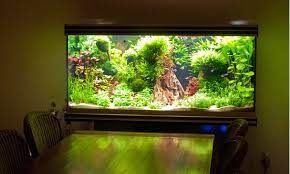
Aquariums are tanks with at least one transparent side. These tanks hold water and are used to keep fish and other aquatic animals and plants.
Many aquariums, especially large ones, are rectangular prisms.
This shape is easy to fit into any space. It is also strong and can withstand the weight of the water contained within it.
2. Cereal Boxes

Cereal boxes are often made in the shape of rectangular prisms. These boxes offer a strong structure to store the cereals.
The shape also makes the boxes easy to transport and store as you can fit boxes side by side to maximize storage space.
3. Cargo Containers

Cargo containers feature a hollow rectangular prism shape.
This shape allows for maximum use of storage space within the containers.
It also makes it easy to stack containers and therefore maximize space on cargo ships.
The shape of the containers also makes them easy to transport on trucks and trains.
4. Storage Sheds
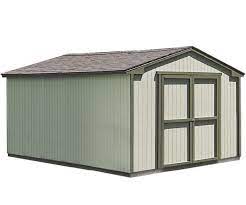
Storage sheds often feature the rectangular prism shape. This shape allows for maximum use of the space within the storage shed.
You can store items in every nook and cranny of a rectangular storage shed.
5. Houses

Homes come in all shapes and sizes. However, a good majority of them feature a rectangular prism shape.
This shape is easy to construct and offers maximum strength while ensuring better use of internal spaces.
6. Skyscrapers

Skyscrapers are tall buildings that often feature a rectangular prism shape.
The right angles in the rectangular prism shape ensure greater strength.
This shape also makes it easier to regulate building temperatures and air circulation.
Construction is easier and the shape ensures maximum use of space.
7. Books

Books have been made in the rectangular prism shape for centuries. The rectangular shape of the pages makes it easier for readers to read the words on the page without straining.
It also allows for maximum use of the space on pages.
The rectangular prism shape of books also make them easier to store as they can be stacked or fitted into bookshelves with the title along the spine clearly visible for easy reference.
8. Parcels

Parcels for delivery are often rectangular prisms in shape. This shape makes it possible for mail and delivery companies to stack parcels and maximize storage space during delivery.
It also helps to prevent damage to items being delivered as the shape offers greater strength.
9. Garden Boxes
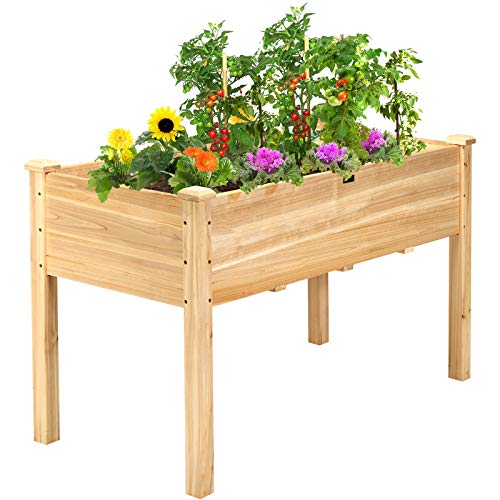
Garden boxes often feature a rectangular prism shape.
Garden boxes allow people to make use of small spaces to plant vegetables or other plants of their choice.
The rectangular prism space helps to ensure maximum use of space.
10. Suitcase

You’ll want to pack as much as you possibly can for a holiday trip.
A suitcase in the shape of a rectangular prism ensures you can maximize the storage space available to you.
These suitcases are also easier to transport as the can be stacked or fitted side by side.
11. Microwave oven
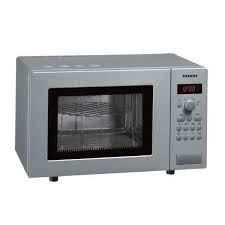
Microwave ovens are made in rectangular prism shapes. This is not only beneficial for a stronger structure but also to make it easier to fit the microwave into your space.
They can be easily stacked on fridges or other appliances or placed on countertops or pantries to maximize space.
12. A stack of cards
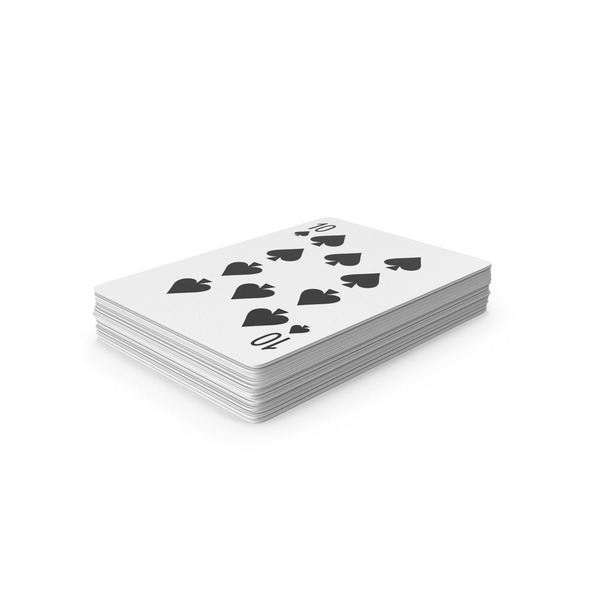
A deck of cards stacked up forms a rectangular prism shape.
When the cards are stacked upright, they form a right rectangular prism.
The stack of cards forms an oblique rectangular prism when the cards are staggered.
13. Domino

Dominoes are small game pieces shaped like rectangular prisms. Their flat, rectangular faces make it easy to print dots or symbols for gameplay.
The uniform shape allows for stacking, lining up, and organizing the pieces during play. Their size and shape also make them easy to handle and store in compact boxes.
14. Eraser

Erasers are commonly shaped like rectangular prisms. This shape provides multiple edges and flat surfaces for erasing with precision. It also ensures that the eraser is easy to grip and control during use. The right angles allow the eraser to sit neatly in pencil cases or desk drawers.
15. Shoebox

Shoeboxes are classic examples of rectangular prisms. Their shape allows shoes to be packaged, protected, and stored efficiently. The flat surfaces make it easy to stack multiple boxes in closets or on shelves. This design also simplifies labeling and helps maintain the shape of the shoes inside.
16. Speaker

Many portable and home audio speakers feature a rectangular prism shape. This shape supports the internal structure needed for speaker components and airflow. The flat surfaces make them easy to place on shelves or mount on walls. The design also helps with sound direction and aesthetic integration in a room.
17. Brick

Bricks are manufactured in a rectangular prism shape for strength and uniformity. This shape allows them to be laid evenly in rows, ensuring stability in construction. The flat faces allow for firm contact with mortar and neighboring bricks. Their compact, repeatable shape also aids in transport and counting.
18. Ream of Paper

A ream of paper—a stack of 500 sheets—is a clear example of a rectangular prism. The uniform shape makes it easy to store, package, and handle. Each ream fits neatly in printers, trays, or cabinets, minimizing wasted space. Its compact design also protects the sheets from bending or tearing.
19. Laptop

Most laptops are designed as rectangular prisms when closed. This shape makes them compact and portable while protecting the internal components. The flat surfaces support typing, display, and portability. The shape also allows laptops to fit snugly into bags, cases, and workstations.
20. Picture Frame

Rectangular prism-shaped picture frames are common for displaying photographs and artwork. This shape supports the flat rectangular images inside and keeps them protected. The sturdy prism frame adds depth, stability, and sometimes space for a stand or wall mount. Its standard shape also makes it easier to align frames on walls or shelves.
21. TV Set

Many modern TV sets, especially flat screens, take on the shape of a rectangular prism. This shape allows for a wide, flat viewing screen while housing internal components efficiently. The flat surfaces make wall-mounting or placement on stands practical and secure. It also contributes to a sleek, space-saving design in homes and offices.
22. Power Bank

Power banks are compact devices often shaped like rectangular prisms. This shape accommodates the internal batteries and electronic components in an organized way. The flat sides make it easy to hold, carry, and store in bags or pockets. It also allows for stable placement on flat surfaces while charging devices.
23. Chocolate Bar

Chocolate bars are typically molded into rectangular prisms for ease of packaging and portioning. This shape allows for neat wrapping, labeling, and stacking during distribution. It also makes it convenient to break the bar into even sections for sharing or consumption. The shape ensures minimal waste and maximum use of packaging material.
24. Safe Deposit Box

Safe deposit boxes found in banks are rectangular prisms by design. This shape maximizes storage space within vaults while ensuring uniformity. The prism form allows for secure stacking, clear labeling, and easy access by customers. It also enhances structural integrity and simplifies installation within storage units.
25. Toolbox

Many toolboxes are built in the shape of rectangular prisms to provide organized storage. This shape supports internal compartments, trays, and drawers for various tools. It also ensures the box remains stable when placed on surfaces or stacked. The uniform shape makes it easy to carry, transport, and fit into shelving systems.
26. Mattress

Mattresses are rectangular prisms designed to provide a flat, even surface for sleeping. This shape allows them to fit standard bed frames and support the human body evenly. It also makes manufacturing and shipping more efficient. The straight edges make it easy to align with headboards and bedding.
27. Laundry Soap Bar

Bar soaps, including those used for laundry, often come in rectangular prism shapes. This shape is easy to grip and rub on clothes or surfaces during cleaning. It allows for compact packaging and stacking in stores or homes. The flat sides also provide space for branding or labeling.
28. Juice Box

Juice boxes are small cartons shaped like rectangular prisms. This design maximizes the liquid capacity while keeping the box compact and easy to hold. The flat surfaces allow for colorful labeling and branding. It also simplifies packing, shipping, and storage in fridges or shelves.
29. Protein Bar

Protein bars are typically rectangular prisms, allowing for uniformity and portion control. This shape makes them easy to wrap, store, and consume on the go. It also provides a flat surface for labeling nutritional information. The compact design makes them suitable for stacking on store shelves or in lunchboxes.
30. Dresser

Dressers, or chest-of-drawers, commonly feature a rectangular prism shape. This structure allows for multiple drawers to be arranged vertically or horizontally. The flat top can also serve as a surface for decorative or functional items. The shape ensures the dresser fits neatly against walls and in room layouts.
Types of Rectangular Prisms
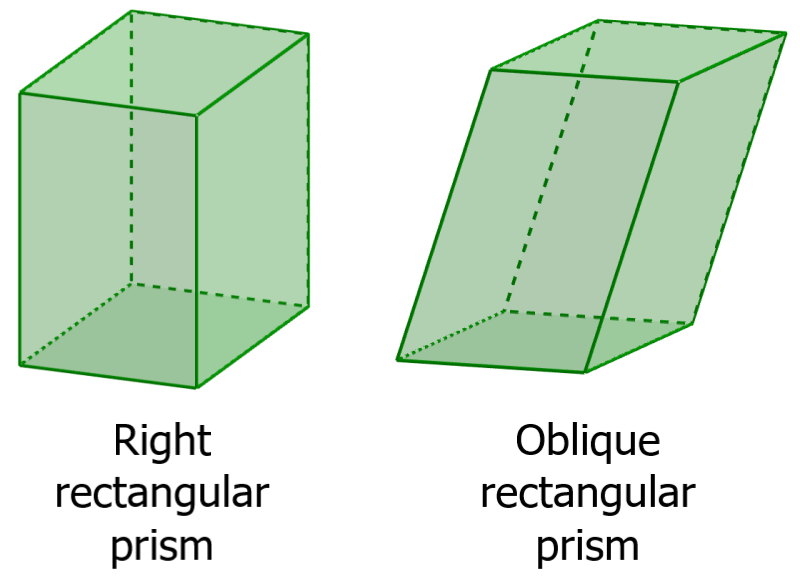
Rectangular prisms can be classified as:
- Right Rectangular Prisms: These are rectangular prisms in which all sides of its faces are perpendicular to its base. The corners in a right rectangular prism are therefore all right angles.
- Oblique Rectangular Prisms: These are rectangular prisms in which all the side faces feature a parallelogram shape. None of the corners in this prism are right angles.
Main Characteristics of Rectangular Prisms
The following are the main characteristics of rectangular prisms:
1. Faces
A rectangular prism has six flat faces, and each face is a rectangle. The opposite faces are congruent (identical in shape and size), and adjacent faces meet at right angles.
2. Edges
There are twelve edges in a rectangular prism. Each edge is a straight line where two faces meet. The opposite edges are equal in length, and the edges run parallel in three sets—corresponding to the prism’s length, width, and height.
3. Vertices
The shape has eight vertices, or corners, where three edges meet. These vertices form the corners of the prism, all of which connect at right angles.
4. Right Angles
All interior angles in a rectangular prism are right angles (90 degrees). This makes it a type of right prism, where all lateral edges are perpendicular to the base.
5. Dimensions
A rectangular prism is defined by three dimensions:
- Length
- Width (or breadth)
- Height
These dimensions determine the size and shape of the prism and are used in calculating surface area and volume.
6. Volume
The volume of a rectangular prism is calculated using the formula:
Volume = length × width × height
Recommended Tool: Height of a Rectangular Prism Calculator
This measurement expresses the amount of space the prism occupies.
7. Surface Area
The surface area is the total area of all six faces. It is calculated as:
Surface Area=2(length×width+length×height+width×height)
This is useful in applications like material usage and packaging design.
Summary Table:
| Property | Description |
|---|---|
| Faces | 6 rectangular faces |
| Edges | 12 straight edges |
| Vertices | 8 corners (vertices) |
| Angles | All right angles (90°) |
| Dimensions | Length, width, and height |
| Volume | l × w × h |
| Surface Area | 2(lw + lh + wh) |
Related Post: 12 Triangular Prism Examples in Real Life

